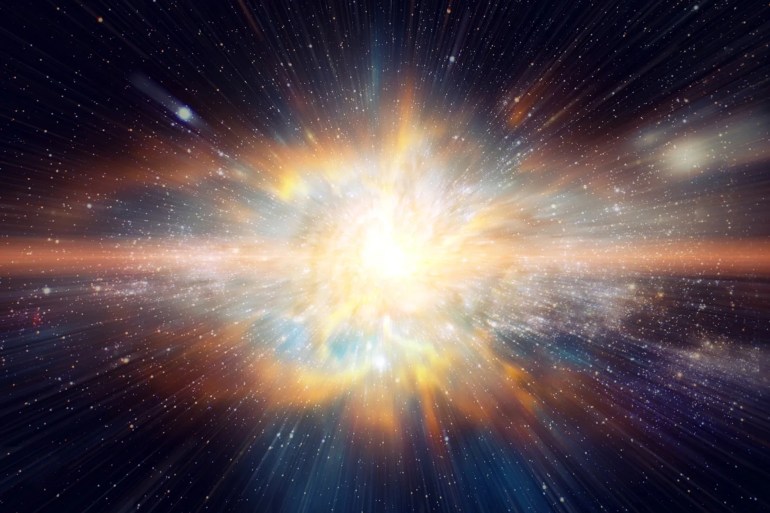A research team led by scientists from the University of Johannesburg in South Africa has found that a small Egyptian rock discovered a quarter of a century ago may be the first evidence of a star explosion close to a rare type, which opens the door to questions about the origin and development of our solar system.
Hypatia stone
This rocky piece - which does not exceed 4 centimeters in width and weighs 30 grams - was found in 1996 in the Egyptian Western Desert on the border with Libya, and was named "Hypatia Stone", after Hypatia of Alexandria;
The philosopher, mathematician and astronomer who lived in northern Egypt about 1800 years ago.
Because of the strange stone has been subject to study since its discovery.
According to a press release issued by the University of Johannesburg on May 17, between 2013 and 2015 two studies showed that this rock did not form on Earth, and then it was found in an examination of noble gases that it is not among any known type of meteorites or comets.
Strangely enough, it was 2018, when the metal "nickel phosphide" was discovered in this rock sample, and it had never been found in any body in our entire solar system;
At that point, the researchers went out to investigate what lies outside the solar system as a whole.
Scientists have found a great similarity between the composition of the Hypatia stone and a case of rare star explosions (University of Johannesburg)
outside the solar system
According to the study - which will be published in the upcoming August issue of the chemical journal Icarus - the research team relied on an examination system from a forensic chemist to reveal the nature of the components of this rock.
In the case of the Hypatia stone, this means comparing its composition with 17 chemical targets in space that are not similar in composition to anything on Earth, such as: red giants, brown dwarfs, or great eruptions, etc., and then studying the similarities and differences.
The researchers pinpointed 15 different elements in Hypatia using the proton microprobe, a device capable of focusing beams of protons at high energies into a piece about 2 micrometers long and wide, for chemical analysis.
According to the new study, this team found a surprisingly low level of silicon in the Hypatia stone.
Moreover, there were exceptionally high percentages of iron, sulfur, phosphorous and copper.
These results led them to slowly put out the possible cases, and then find a strong similarity to the composition of Hypatia's stone with a case of star explosions, which occur only once or twice per galaxy per century, called an "I-A" supernova.
Analysis of the Hypatia rock elements of sulfur, iron and nickel (University of Johannesburg)
special starburst
A Type II supernova can be defined as a condition in which a giant star reaches the end of its life, causing an extremely powerful explosion that can be seen millions of light-years away, leaving a neutron star or black hole in the middle.
But another rare case of starbursts is called a Type I-A supernova, in which two stars orbit each other;
One of them is in the red giant phase, the second is in the white dwarf phase, and the latter has a high gravitational force, so it starts to pull the red giant material very quickly.
With the accumulation of the red giant’s material on its dwarf companion and its rapid collision with it, hydrogen begins to cause rapid and sudden nuclear reactions on the white dwarf, and if the amount of material transferred from the red giant to its white companion increases to a certain limit, which is called “Chandrasekhar limit”, it explodes causing a supernova. .
According to the study, the researchers assume that that rock was launched from a similar explosion to mix with the back clouds of the solar system, within the Oort Cloud or the Kuiper Belt, and then at some point that rock launched to Earth, with any comet, and remained there until its discovery about a quarter of a century ago.

